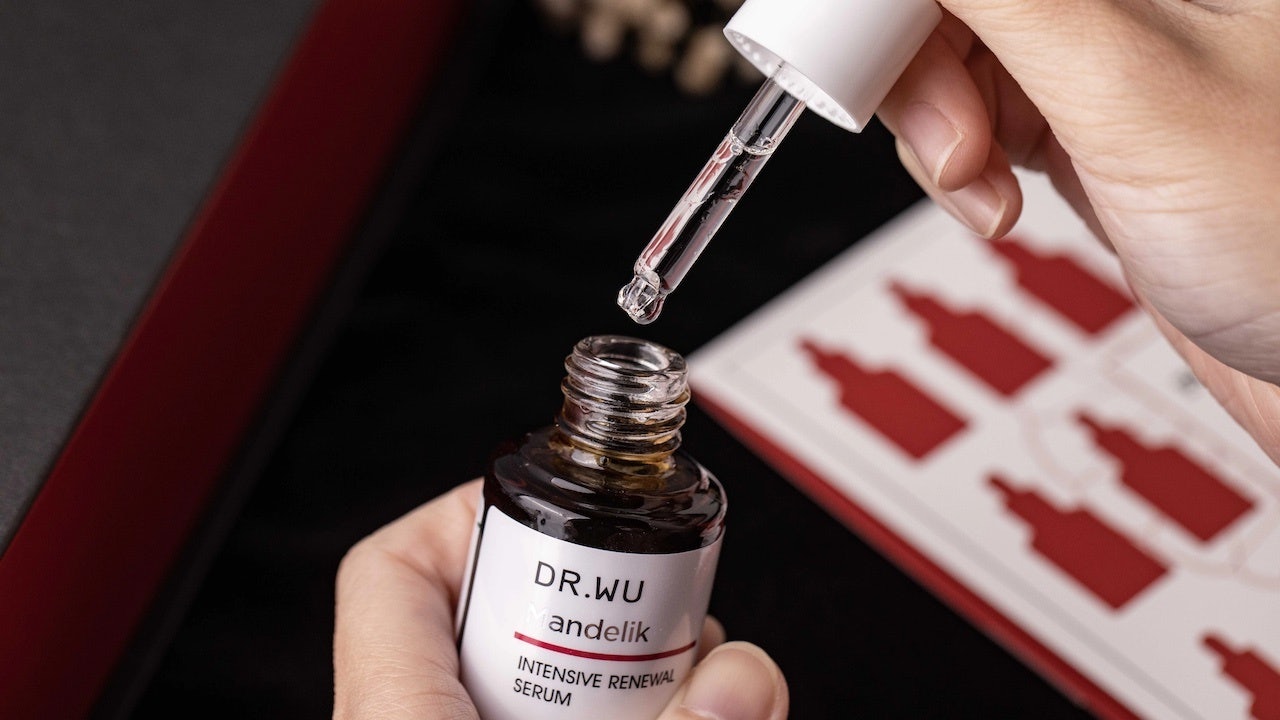Facing a more challenging economic and regulatory environment in the Greater China market while remaining committed to their long-term investments, major global luxury and consumer brands are hunkering down for some tough times ahead. While there is little indication that Chinese consumers have fully lost their appetite for luxury, consumer enthusiasm for hitting high-end boutiques has been dampened by China’s “dynamic zero” COVID policy and its unpredictable lockdowns.
For any brand invested or expanding in the China market, a key concern at the moment is flagging consumer confidence. This past April, the country’s consumer index sat at a mediocre 86.7, the lowest level since this figure became available in 1991 and far short of 100, the benchmark that delineates consumer optimism and pessimism. After Shanghai’s extended lockdown was lifted in June, this number climbed to 88.9, an "improvement" that still represented a 27.6 percent drop year-on-year. In the ninth edition of the Future Consumer Index released by Ernst & Young earlier this year, 42 percent of surveyed Chinese consumers stated that economic pressure is impacting their consumption decisions.
While it remains to be seen how much of an impact this will have on major luxury groups over the entirety of the year, the combination of economic turbulence and the ever-present possibility of more lockdowns has already crimped revenue. In recent earnings reports, Kering, Richemont, Burberry, Tapestry, Estée Lauder, and Ralph Lauren have reported weaker sales in China. This, naturally, is cause for concern for companies highly exposed to the China market, such as Tapestry — owner of Coach and Stuart Weitzman — which derives roughly one-fifth of its global sales from the region.
Currently, the performance of some homegrown Chinese brands — supported by the government’s “dual circulation” strategy — indicates that consumer demand hasn’t fully dried up. Nike and Adidas competitor Anta Sports, for example, has seen its stock rise more than 13 percent this month, while high street fashion group JNBY has recorded a 12 percent increase. And since late May, beleaguered Perfect Diary owner Yatsen Holding has seen its previously sliding stock rise 108 percent, sitting today at 1.32 up from a low of 0.39 at the end of May. (A far cry from its high of 24.55 in February 2021, but still an improvement.)

According to Yatsen's recent Q2 2022 performance report, even as group revenue fell nearly 38 percent year-on-year to 952 million yuan (137.6 million), its skincare business jumped more than 49 percent year-on-year to 318 million yuan (45.9 million), accounting for more than one-third of total group revenue. Interestingly, Yatsen’s muted but brightening skincare prospects were led not by Perfect Diary but by portfolio brands Dr. Wu (which Yatsen bought in early 2021), Eve Lim (acquired from Manzanita Capital in 2021), and Galénic (acquired in 2020), all of which recorded triple-digit growth over the quarter.
Another domestic Chinese beauty brand that has seen success in 2022 is Proya (珀莱雅), which recorded a 36.9 percent year-on-year increase in revenue in the first half of the year to 2.6 billion yuan (375.8 million). Having proven itself highly adept at local marketing, Proya has also masterfully folded Douyin sales into its broader e-commerce strategy, helping the brand’s online sales account for nearly 67 percent of its direct-to-consumer (DTC) revenue.
Unlike Perfect Diary, which remains notoriously hampered by massive marketing spending and low ROI, Proya remains highly profitable, with net profit rising 31.3 percent in the first half of the year to 297 million yuan (42.9 million). Crucially, C-beauty brands like Proya and the aforementioned Yatsen brands do not seem to be struggling as much as foreign powerhouses like Estée Lauder and Shiseido, although much of this could be ascribed to the lower prices and ready availability of domestic brands.

But relatively affordable price points only go part of the way in explaining why many domestic brands have managed to increase revenue in an otherwise difficult economic environment this year. The nationalistic tastes and spending preferences of younger millennial and Gen Z consumers — many of whom do, of course, choose more affordable options owing to lower salaries — are also key to keep in mind. According to one recent Tencent survey, 45 percent of “post-95” Chinese consumers (i.e., those born after 1995) regularly chose to purchase products infused with guochao elements. This outpaced “post-90s” consumers (38 percent) as well as “post-80s” shoppers (27 percent), indicating that the popularity of Chinese brands over the past couple of years is no flash in the pan.
While mid-priced and affordable foreign brands should be concerned, should major luxury brands be scared? Definitely not — there remain virtually no direct luxury competitors in the China market. Yet they do need to be aware that China’s youngest consumers may have less of an appetite for foreign imports than their older counterparts, a fact that could have major retail implications over the next decade.


